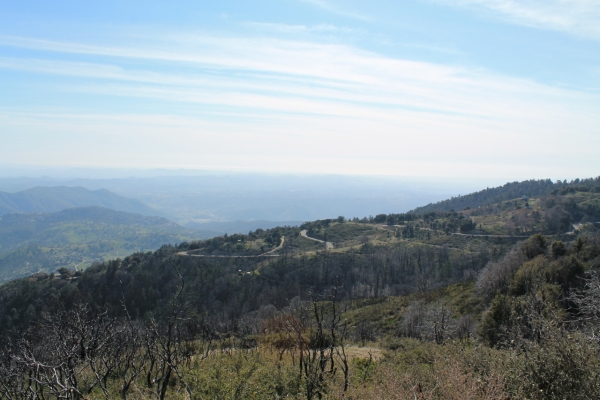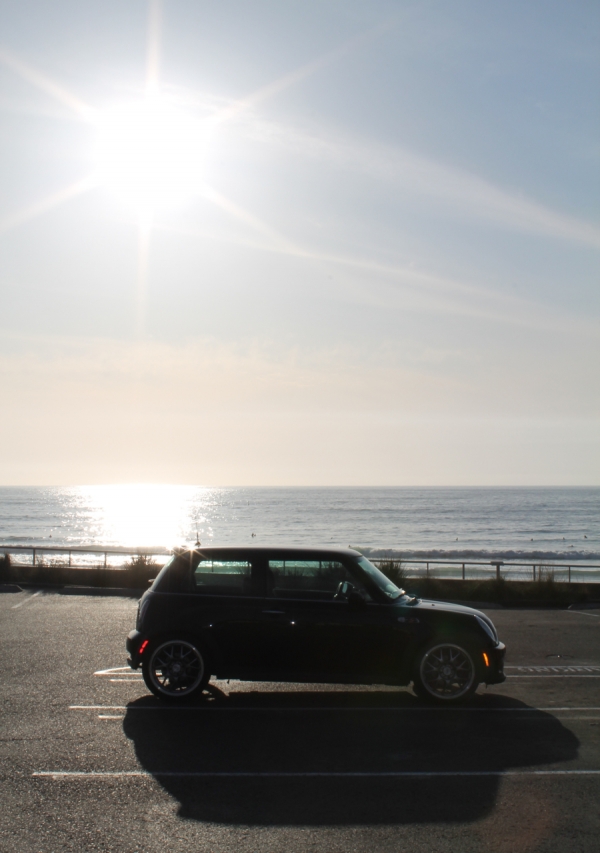A day of driving and astronomical history at 5000 feet.
Since I’ve lived in San Diego, just about every car enthusiast I’ve chatted with has told me that I simply had to get up to Palomar Mountain Road, and since I had a free Monday this week, I did just that.
Palomar Mountain is about an hour north of San Diego near the suburb of Escondido. There’s a state park and an observatory at the top and not much else. There are a few roads that will get you to the top, but by far the most interesting is Palomar Mountain Road. It’s a twisting stretch of tarmac that rises well over 5000 feet above sea level.
The Tour of California bike race periodically holds a mountain stage here and racers have often compared it to the legendary l'Alpe d'Huez climb the Tour de France visits every so often. So, I was glad I was in my car and not on my bike.

After getting off the 15, there’s no real direct way to get there. This necessitates some navigating through the suburban sprawl of Escondido, but as Palomar Mountain looms large in you windscreen, things begin to get interesting. Soon, the road becomes as bendy as it steep and the foliage gets more dense as you climb out of the desert.
On some of the switchbacks I could have sworn that I was turning a full 360 degrees. Climbing up the mountain, you can really attack the road and let gravity do much of the braking for you. The speed limit is 55 mph meaning you can really get on it before chucking your car into the next hairpin.
Once at the top, 5000 feet above sea level, the view of the valley below is truly breathtaking and well worth pulling over to take in. Also, if you’re a bit of an astronomy geek like I am, then it’s probably also worth strolling over to the Hale Observatory. Construction began in 1936 but wasn’t until 1948 that the observatory was finished. It houses an enormous 200 inch telescope and is currently funded and operated by Cal Tech. Edwin Hubble did some research here, who not only has a giant telescope orbiting Earth named after him, but also proved that we live in an expanding universe through the observation of light waves emitted from far away stars.

After I was done geeking out over the giant telescope, I began the descent back down the mountain. If gravity was my ally coming up, then it was my enemy coming back down. More specifically, it was the enemy of my brakes and I simply wasn’t able to attack as much as I was on the drive up. There were no scary moments, but as I felt the middle pedal going soft, I decided that it was probably wise to pull off and snap a few pictures while my brakes cooled.
After safely arriving at the bottom of the mountain I realized that since I had just been 5000 feet above sea level, then it would only be appropriate to end my drive at 0 feet above sea level. Ok, not 0 feet because then I would essentially be in the water and the life guards tend to frown on people driving Minis into the Pacific. Being near the beach in La Jolla to take in the sunset turned out to be more than enough to satisfy my strange need to descend a full 5000 feet and was the perfect end to a great day of driving and exploring.






